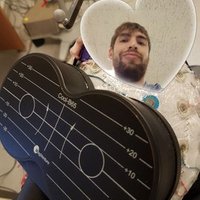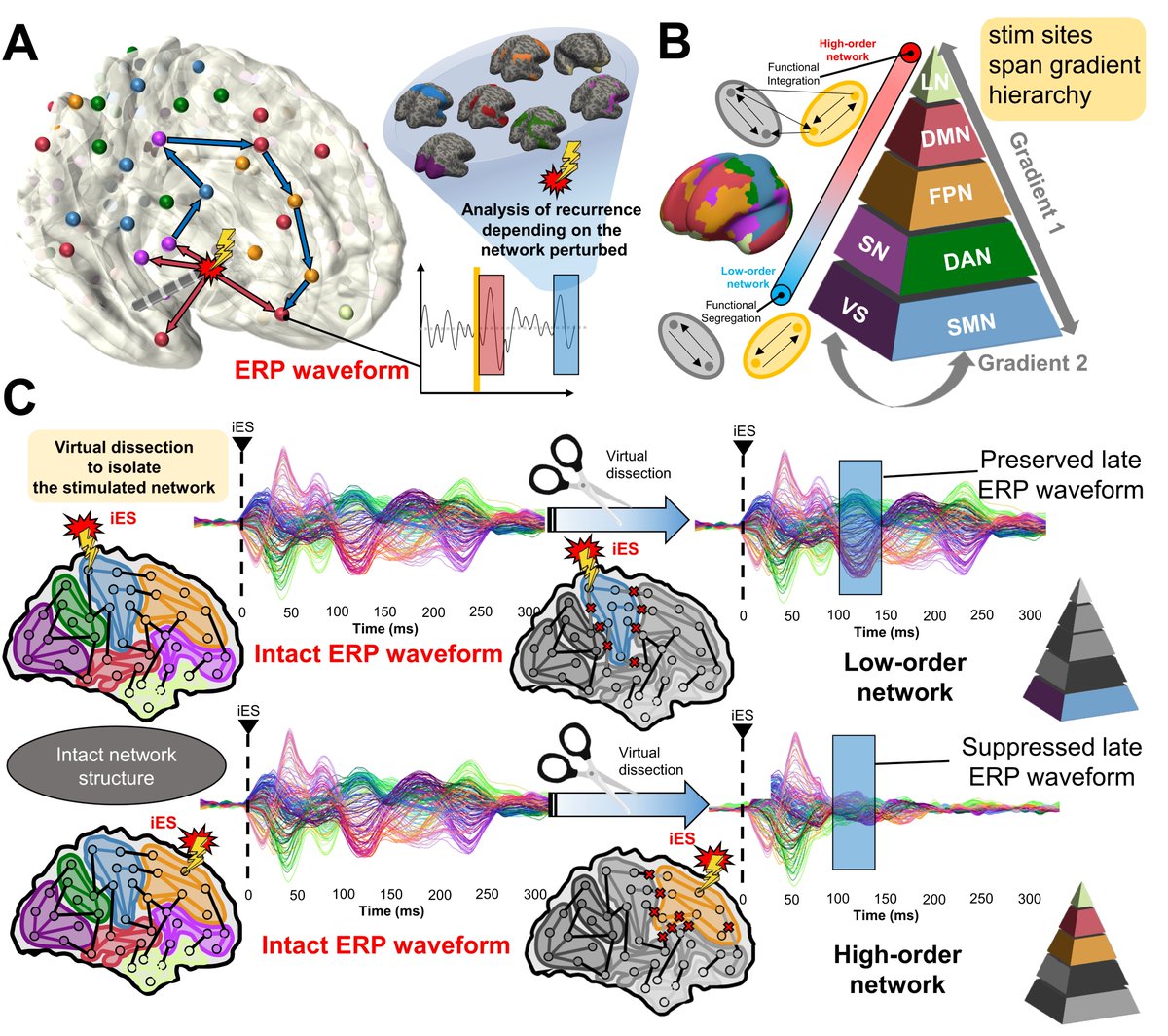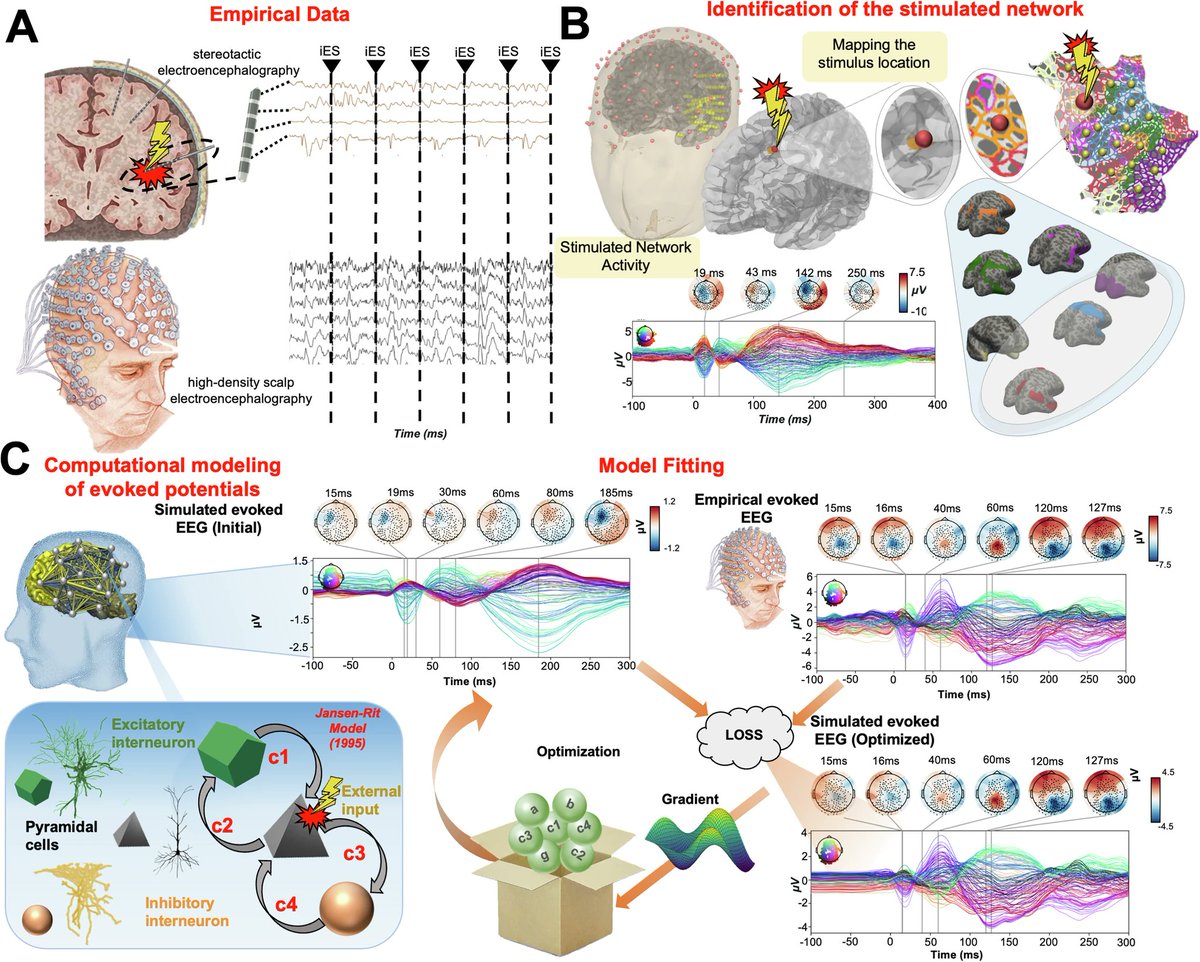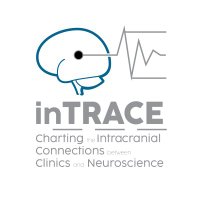
andrea pigorini
@andreapigorini
Researcher @laStatale, research in #neurophysiology, #neuroscience and #bioengineering
ID: 1146408996
http://www.thalamocortical.org 03-02-2013 22:38:19
68 Tweet
105 Followers
126 Following

Such a pleasure to present on invasive and noninvasive brain stimulation modalities with these rockstars! 🧠⚡ Sara Parmigiani Rina Zelmann andrea pigorini at #BrainStimConf in Lisbon!!


Our latest "TMS-EEG and resting-state EEG applied to Altered States of Consciousness: Oscillations, Complexity, and Phenomenology" is now out (in press) on iScience journal. Congrats to Katrin Preller and colleagues University of Zurich doi.org/10.1016/j.isci…

eLife - the journal 7/12 Interestingly we replicated the results for 2 independent dataset as well as for both high and low voltage TEPs data Nigel Rogasch andrea pigorini

Finally out! Have a look at this comparison of ten different ESI methods by exploiting a high-density real EEG dataset for which the ground truth is known andrea pigorini Alberto Sorrentino Pietro Simone Sarasso doi.org/10.1016/j.neur…



Our latest review "An integrative, multiscale view on neural theories of consciousness" is now out on Neuron. Congrats andrea pigorini and all authors! Università degli Studi di Milano doi.org/10.1016/j.neur…


What are the differences in the propagation pattern between networks? Does it follow the ‘principal gradient’ hierarchy? Answer: #OHBM2024 - 3:45 PM, Grand Ballroom 103 John Griffiths Corey Keller andrea pigorini Sara Parmigiani CAMH Precision Neurotherapeutics Lab @ Stanford OHBM Sean Hill




InTrace workshop: The intracranial connections between clinics and neuroscience. Parma, Auditorium Credit Agricole, 1-4 April 2025 Università degli Studi di Milano CNR Consiglio Nazionale delle Ricerche Kim Daebin intrace2025.com


5/ Our paper "A science of consciousness beyond psuedo-science and pseudo-consciousness" can be viewed OPEN ACCESS here Nature Neuroscience rdcu.be/ecSOl


1/11 How does our brain's hierarchical organization impact its response to stimulation? We found striking differences between "high-order" networks (involved in complex cognition) vs "low-order" networks (handling sensory/motor functions) Nature Communications nature.com/articles/s4146…


Ever wonder why some brain regions are more excitable? Using intracranial stim and recordings in humans, our team led by @Momi Sara Parmigiani Wu Tsai Neurosciences Institute andrea pigorini John Griffiths Precision Neurotherapeutics Lab @ Stanford discovered a fascinating hierarchy in these neural responses 🧠⚡️





